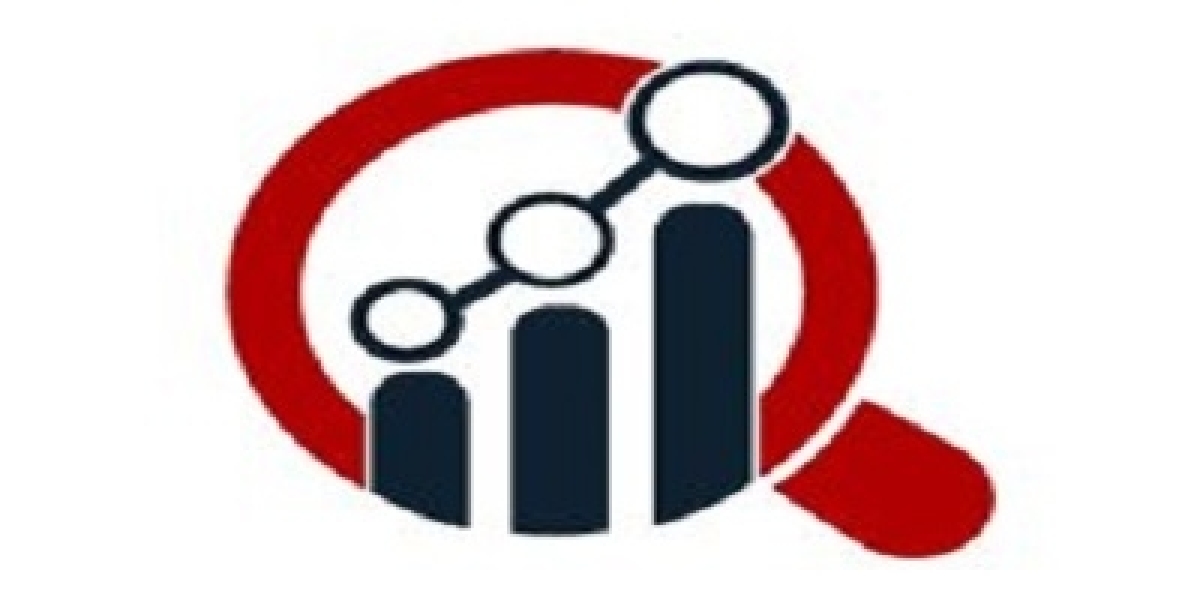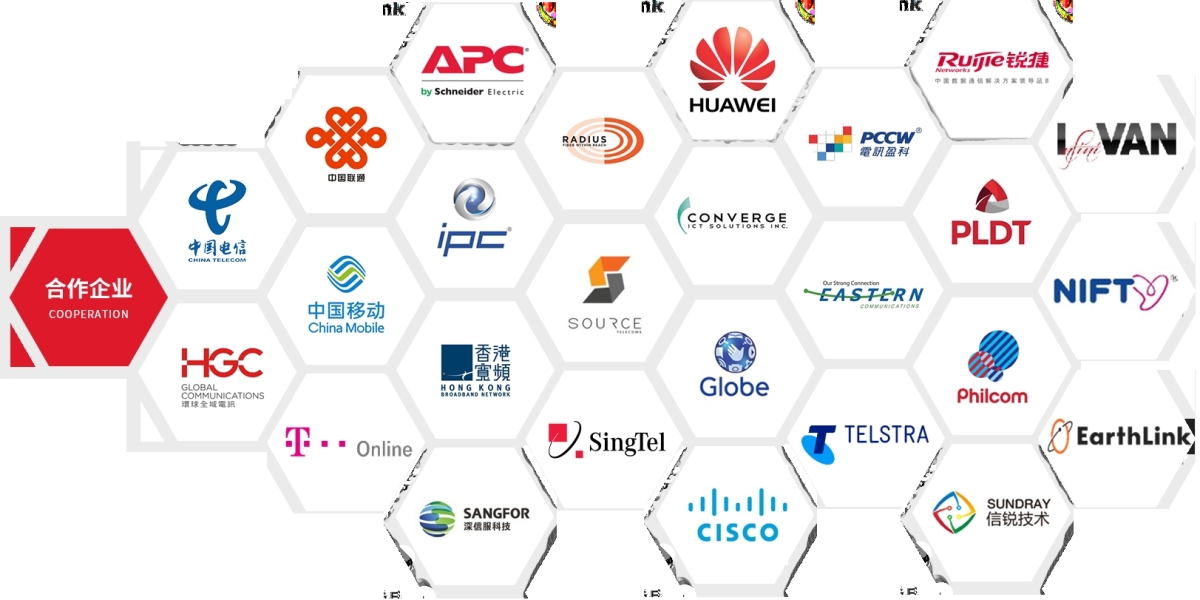Performing a risk assessment is one of the most critical skills for anyone in the field of health and safety. Whether you are a beginner stepping into the HSE world or a seasoned professional seeking to refresh your approach, understanding how to identify hazards and evaluate risks can prevent accidents, save lives, and protect your organization from costly disruptions. For those aiming to strengthen their expertise, earning an HSE Certification Multan can provide the structured knowledge and practical insights needed to conduct thorough assessments confidently.
In this guide, we will explore what a risk assessment is, why it matters, and how you can carry one out effectively. You’ll also find practical steps, real-life examples, and tips tailored for both newcomers and professionals in the safety industry.
What is a Risk Assessment?
At its core, a risk assessment is a systematic process of identifying hazards in the workplace, evaluating the risks associated with those hazards, and implementing measures to control or eliminate them. The ultimate goal is to create a safer environment for employees, visitors, and stakeholders.
A hazard is anything that has the potential to cause harm, such as machinery, chemicals, or even workplace stress. Risk refers to the likelihood of that harm occurring combined with the severity of its consequences. For example, a wet floor is a hazard, but the risk depends on factors like foot traffic, signage, and employee awareness.
Why Risk Assessments Matter
Risk assessments are not just a regulatory requirement; they are a proactive approach to workplace safety. Conducting regular assessments helps you:
Identify and prioritize hazards before they cause accidents.
Ensure compliance with local and international health and safety standards.
Protect employees from injuries, illnesses, and long-term health issues.
Reduce financial losses due to workplace incidents.
Foster a safety-conscious culture across the organization.
Consider a factory where a machine regularly emits sparks. A proper risk assessment might identify inadequate shielding and the potential for fires. Implementing safeguards like fire-resistant barriers or improved maintenance schedules can prevent incidents and keep employees safe.
Types of Risk Assessments
There isn’t a one-size-fits-all approach to risk assessments. Depending on your industry and workplace, you may encounter several types:
Generic Risk Assessments: Broad assessments that apply to common hazards in most workplaces, like slips, trips, and falls.
Specific Risk Assessments: Focused on particular tasks, processes, or equipment, such as operating forklifts or handling hazardous chemicals.
Dynamic Risk Assessments: Conducted in real-time, usually in rapidly changing environments like construction sites or emergency situations.
Environmental Risk Assessments: Evaluate risks related to environmental factors, including exposure to pollutants or natural hazards.
Understanding which type fits your workplace ensures that the assessment is relevant and actionable.
Steps to Conduct a Risk Assessment
Performing a risk assessment involves a structured approach. Below is a practical, step-by-step guide that safety professionals can follow:
Step 1: Identify Hazards
Start by observing your workplace and talking to employees. Hazards can be:
Physical: Machinery, noise, temperature extremes, or slips and trips.
Chemical: Cleaning agents, solvents, or industrial chemicals.
Biological: Viruses, bacteria, or mold.
Ergonomic: Poor workstation setup, repetitive tasks, or lifting heavy loads.
Psychosocial: Stress, harassment, or excessive workloads.
Keep a hazard log and update it regularly as conditions change.
Step 2: Determine Who Might Be Harmed and How
Identify individuals or groups at risk, including employees, contractors, visitors, and vulnerable workers such as pregnant women or young trainees. Understanding who could be harmed helps tailor control measures effectively.
Example: In a warehouse, forklift operators and nearby staff might be exposed to collision hazards, while office staff may face ergonomic risks.
Step 3: Evaluate Risks and Decide on Precautions
Assess the likelihood and severity of each risk. A common approach is to use a risk matrix, categorizing risks as low, medium, or high. Then, implement controls based on the hierarchy of risk control:
Eliminate: Remove the hazard entirely if possible.
Substitute: Replace with a safer alternative.
Engineer Controls: Install physical safeguards.
Administrative Controls: Change procedures or provide training.
Personal Protective Equipment (PPE): Use as a last line of defense.
Mini Case Study: A chemical plant identified a spill hazard. By installing automated containment systems and providing spill response training, they significantly reduced the risk to workers.
Step 4: Record Your Findings
Documentation is crucial. Record the hazards, associated risks, and control measures in a clear, accessible format. Not only does this demonstrate compliance, but it also serves as a reference for future assessments.
Step 5: Review and Update
Risk assessments are not static. Regularly review your assessments, especially when introducing new equipment, processes, or when an incident occurs. Continuous improvement ensures ongoing safety.
Practical Tips for Effective Risk Assessment
Involve employees at all levels; they often notice hazards that management might miss.
Conduct site visits instead of relying solely on reports.
Use checklists to ensure nothing is overlooked.
Incorporate lessons learned from near-misses and past incidents.
Train yourself with recognized programs to build credibility and knowledge.
For individuals looking to formalize their expertise, joining an HSE training program like an HSE Certification Multan can provide structured learning, practical exercises, and professional recognition.
Common Pitfalls to Avoid
Underestimating risks, assuming nothing will happen.
Using vague language in documentation.
Ignoring psychosocial and ergonomic hazards.
Failing to update assessments when changes occur.
Not engaging employees in the process.
Avoiding these mistakes ensures that your risk assessments remain effective and trustworthy.
Benefits of Completing a Risk Assessment
Improved workplace safety and morale.
Compliance with local regulations and international standards.
Reduced insurance premiums and legal liabilities.
Enhanced reputation as a safety-conscious organization.
Clearer understanding of operational hazards and mitigation strategies.
Tools and Resources
Several tools can aid your risk assessment process:
Risk Matrix Templates: Simplify the evaluation of likelihood and severity.
Checklists: Standardize inspections for common hazards.
Software Applications: Track hazards, corrective actions, and compliance.
Training and Certifications: Enhance skills and credibility. Programs like the NEBOSH certification offer specialized knowledge that can make risk assessment more systematic and professional.
? Ready to start your NEBOSH journey? Enroll in the NEBOSH certification program at Cosmic Institute in Multan today!
Frequently Asked Questions (FAQs)
What is the difference between a hazard and a risk?
A hazard is anything that can cause harm, while risk is the likelihood of that harm occurring combined with its potential severity.
How often should a risk assessment be conducted?
It depends on your workplace, but at minimum, risk assessments should be reviewed annually or whenever there are significant changes.
Can employees be involved in risk assessments?
Absolutely. Employee involvement provides practical insights and encourages a safety-conscious culture.
Do I need special training to perform a risk assessment?
While anyone can perform basic assessments, formal training through programs like HSE Certification or NEBOSH certification ensures a structured, professional approach.
Is risk assessment required by law?
In many countries, including Pakistan, risk assessments are legally required under occupational health and safety regulations to protect employees and visitors.
Conclusion
Conducting a thorough risk assessment is fundamental to ensuring workplace safety. By identifying hazards, evaluating risks, implementing control measures, and reviewing findings regularly, safety professionals can create a safer, more productive environment. Enrolling in programs such as HSE Certification Multan and exploring the Cosmic instutute NEBOSH certification program in Multan can equip you with the expertise to perform risk assessments with confidence and authority. Start your journey toward professional HSE competence today and make workplace safety a priority that everyone can trust.








